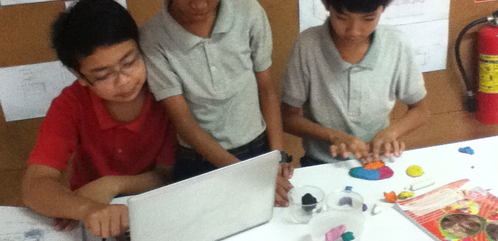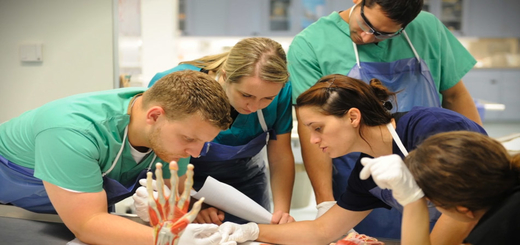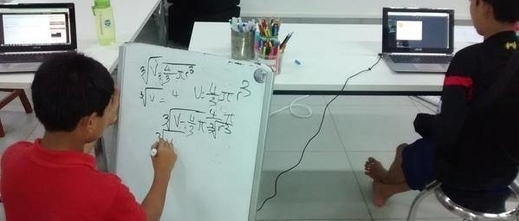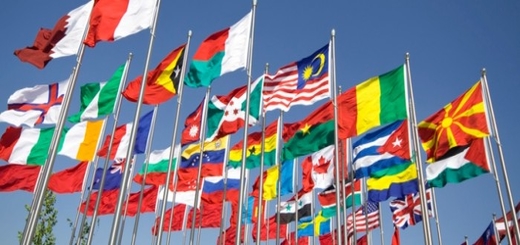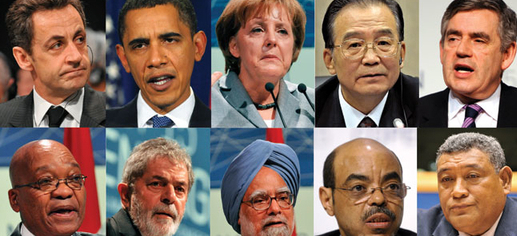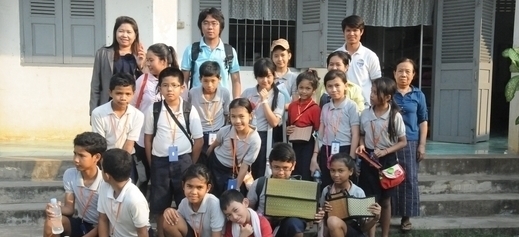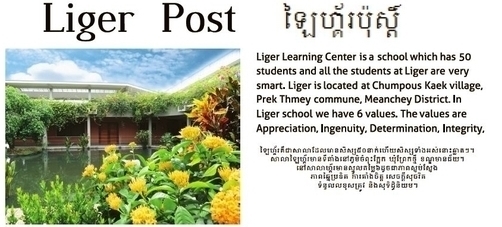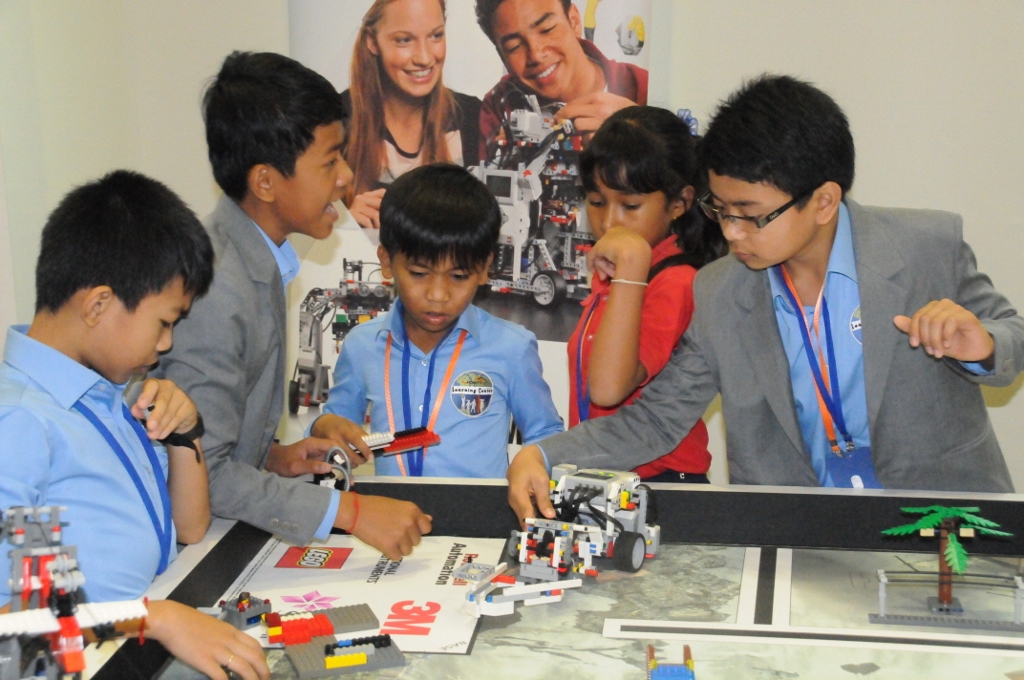Name of Course: Anatomy 3
Learning Facilitator: Jo
Number of Students:10 students
Days we meet: Thursday and Friday
Advanced Enrichment Dates: Session 3 Oct. 20 – Jan. 16
Course Description: In Anatomy class we learned about Excretory System (kidney & bladder), Muscular System (muscles) and Skin. Also we all made one presentation each to share in our class and it was about what we learned in the whole Anatomy class. We spent two weeks to do that presentation. That worked really well and everyone wrote a lot of things. We also learned about other things too. One day we learned how to use the microscope. We took fingernails or hair to practice on microscope. We tried to put any things strange like saliva and it was very surprised for us because it looked like two different things. We had some games to play and it was about muscles because we wanted to know more about different types of muscles and how to protect that muscles and to make it stronger. The muscle is help us move. Our body has 360 muscles. We also learned about skin. The skin is the largest organ in human’s body. It weighs about 5 kg andit has three layers. When the end of our class we did a test about what we had been learning before.

